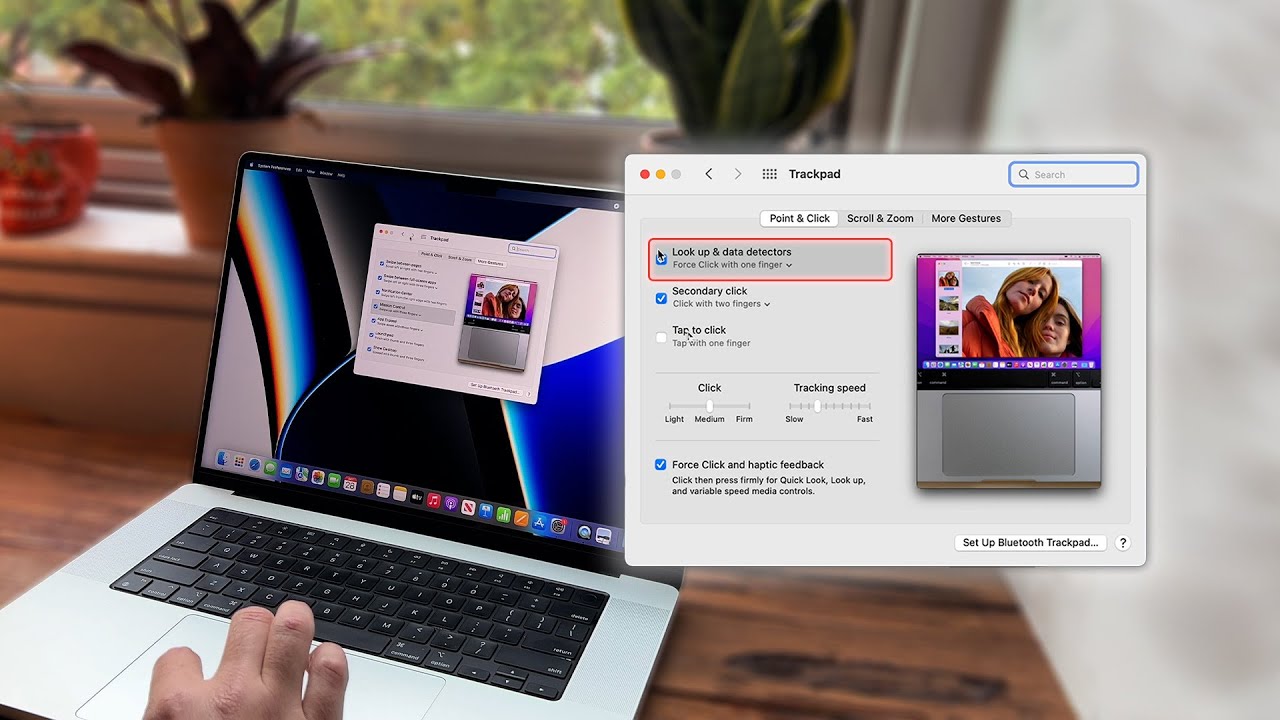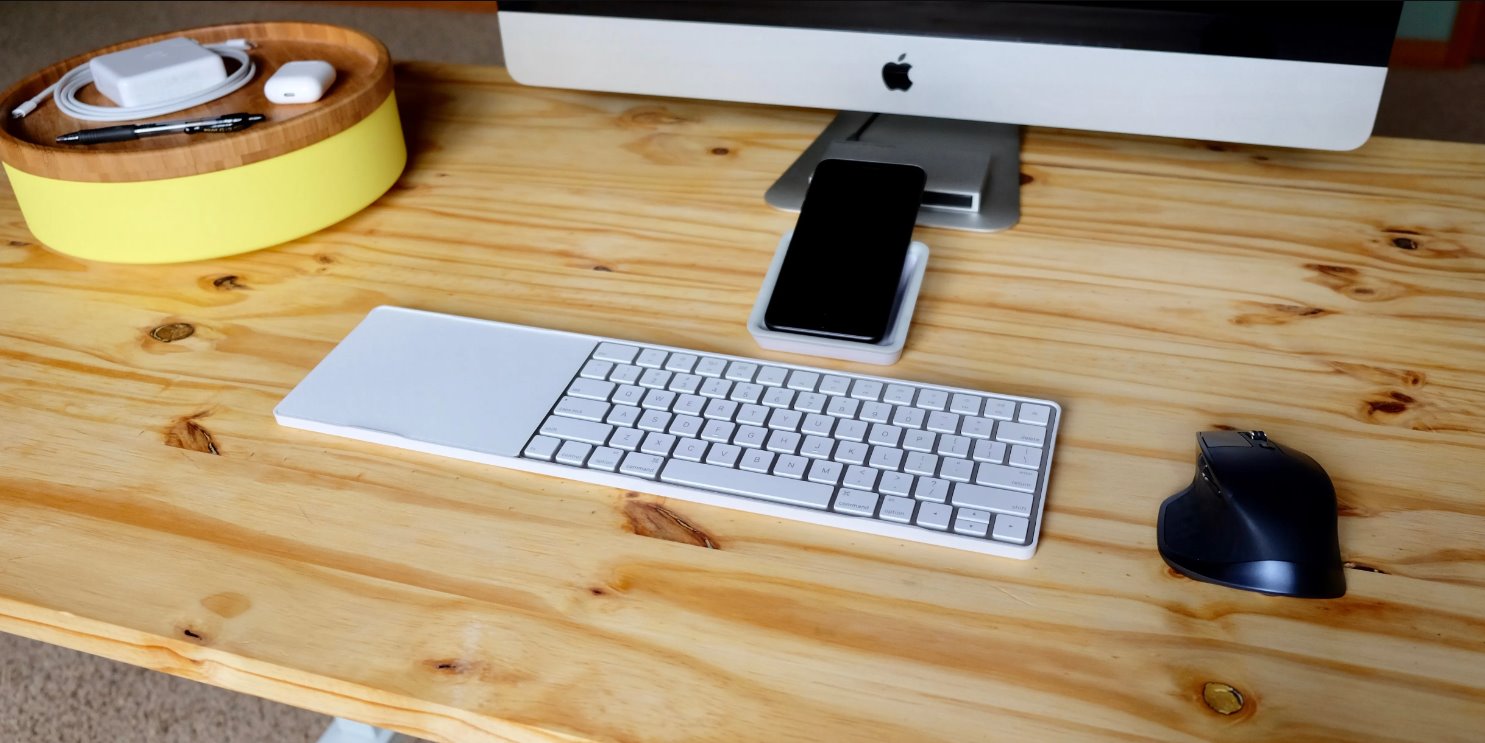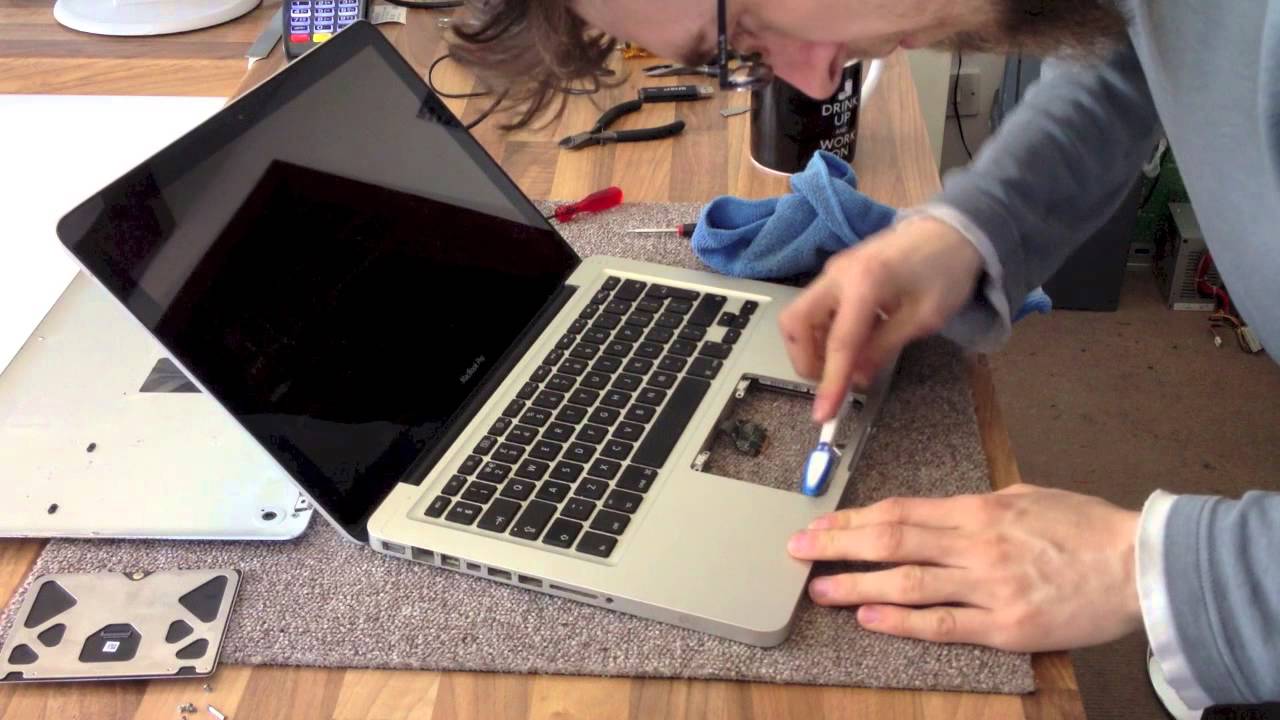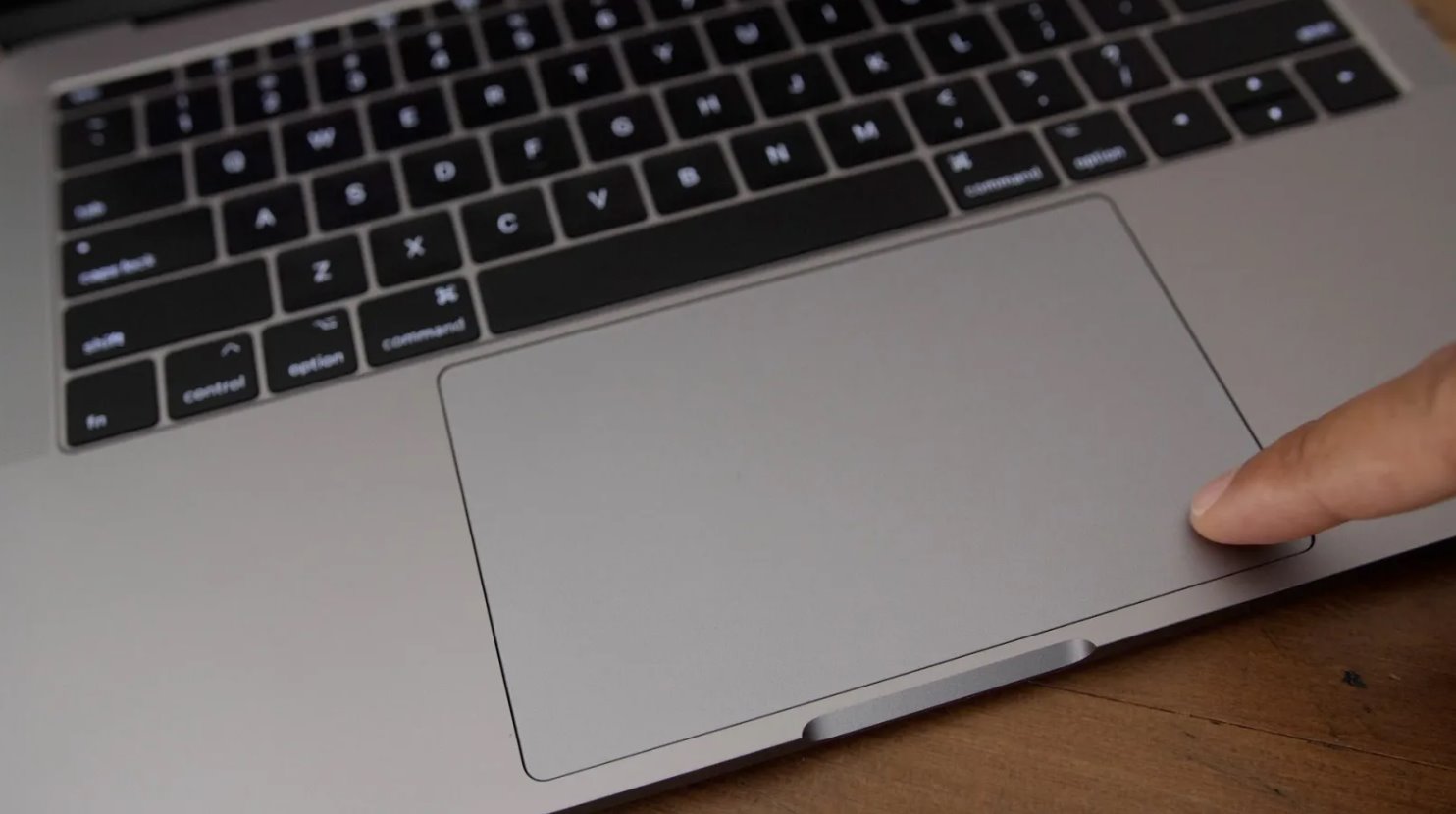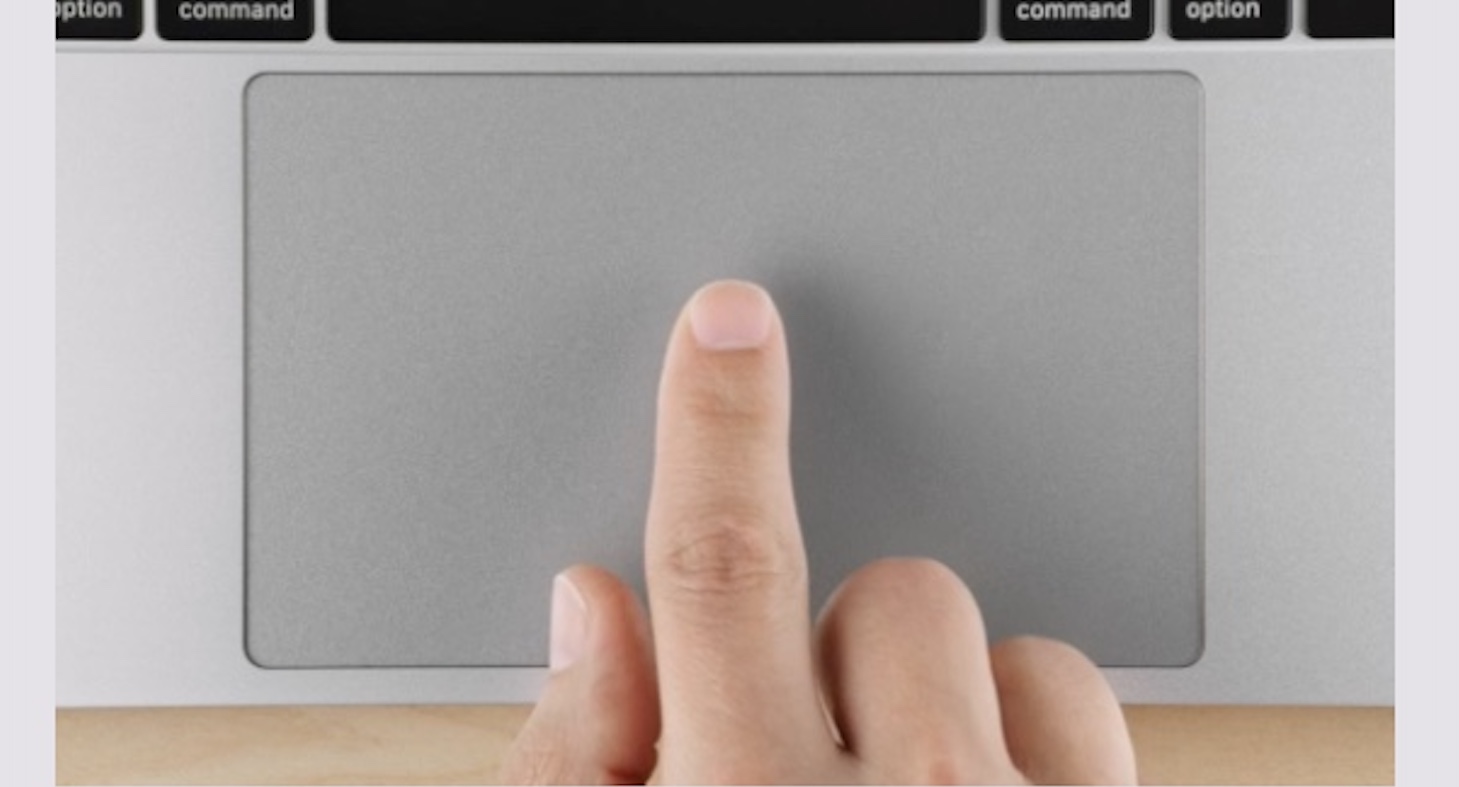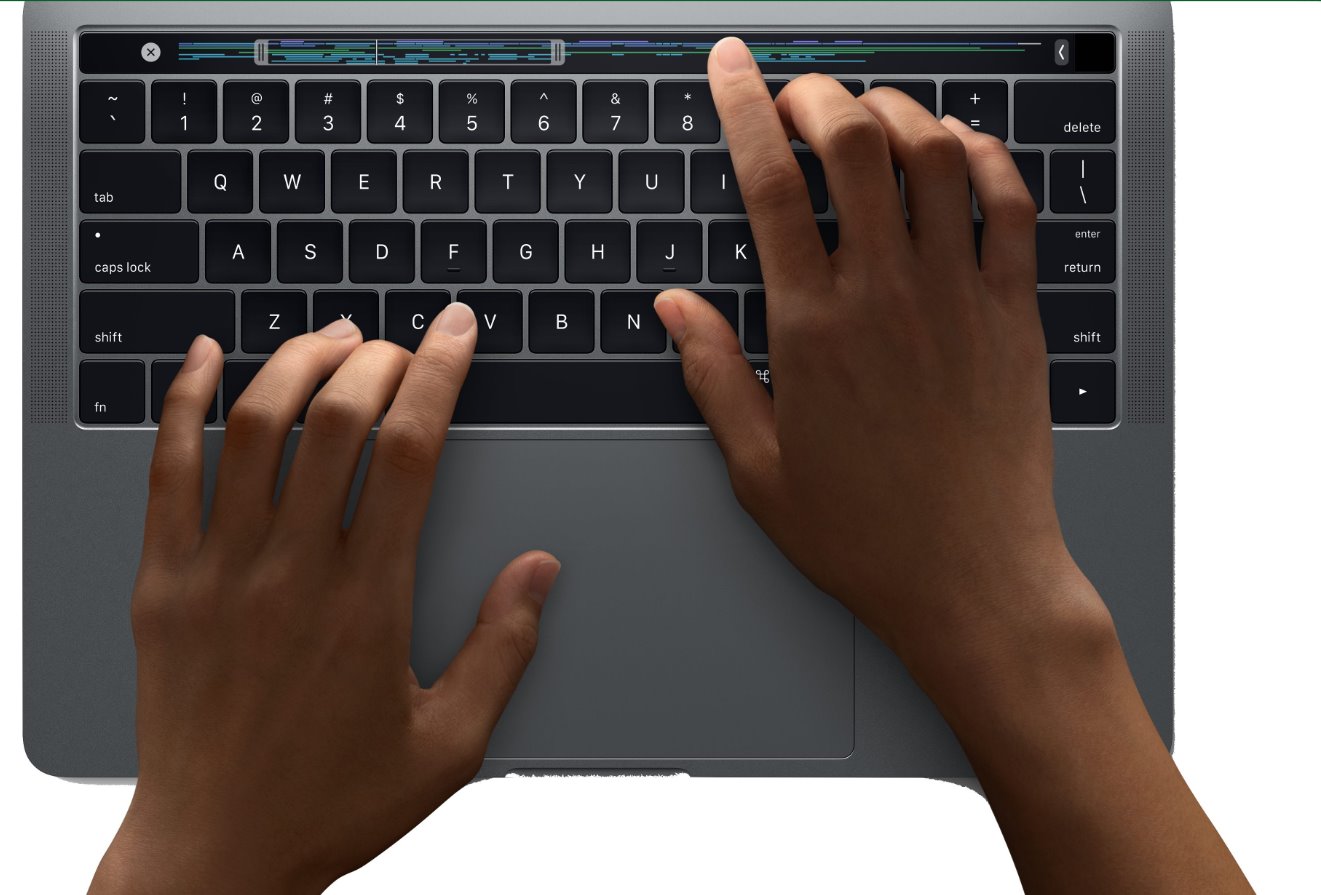Introduction
The trackpad on your Mac is a powerful tool that allows you to navigate, click, and interact with your computer effortlessly. By customizing the trackpad settings, you can personalize the experience to suit your preferences and workflow. Whether you want to adjust the sensitivity, change the click settings, enable gestures, or customize the functionality, the trackpad settings provide you with a range of options to enhance your Mac usage.
In this article, we will guide you through the process of changing the trackpad settings on your Mac. We will explore how to adjust the trackpad sensitivity, change the click settings, enable or disable trackpad gestures, and customize the trackpad’s functionality. Additionally, we will show you how to reset the trackpad settings to their default values if needed.
Whether you are a casual user, a creative professional, or someone who relies on their Mac for productivity, understanding how to change trackpad settings can greatly enhance your overall user experience. So, let’s dive in and explore the various ways you can customize your Mac’s trackpad to make it work exactly the way you want it to.
Accessing Trackpad Settings
To begin customizing your trackpad settings on a Mac, you’ll need to access the Trackpad settings menu. Here’s how to do it:
- Click on the Apple menu icon in the top-left corner of your screen and select “System Preferences” from the drop-down menu.
- In the System Preferences window, locate and click on the “Trackpad” icon.
Alternatively, you can access the Trackpad settings by clicking on the Launchpad icon in the Dock and searching for “Trackpad” in the search bar at the top of the screen. Then, click on the “Trackpad” icon in the search results to open the Trackpad settings menu.
Once you’ve accessed the Trackpad settings, you’ll be able to customize various aspects of your trackpad’s functionality to suit your preferences.
The Trackpad settings menu provides you with a range of options to tweak, including sensitivity, click settings, gestures, and more. By exploring and adjusting these settings, you can optimize the trackpad experience on your Mac.
Now that you know how to access the Trackpad settings on your Mac, let’s delve into the different ways you can adjust and personalize your trackpad to meet your specific needs and preferences.
Adjusting Trackpad Sensitivity
The sensitivity of your trackpad determines how responsive it is to your touch. If you find that your trackpad is either too sensitive and registering unintended movements or not sensitive enough, you can easily adjust the sensitivity settings to your liking:
- In the Trackpad settings menu, click on the “Point & Click” tab.
- Locate the “Tracking Speed” slider and adjust it to increase or decrease the sensitivity of the trackpad.
- As you move the slider to the right, the trackpad becomes more sensitive, registering even slight movements. Conversely, moving the slider to the left reduces the sensitivity, requiring more substantial movements to register.
While adjusting the sensitivity, you can test the changes in the “Click Pressure” section within the Trackpad settings menu. Apply gentle or firm pressure on the trackpad surface to find the right sensitivity level that suits your touch.
Feel free to fine-tune the sensitivity settings until you find the perfect balance that allows for precise cursor control without sacrificing comfort or accuracy.
By adjusting the trackpad sensitivity, you can customize your Mac’s trackpad to match your precise touch preferences, providing you with a smoother and more enjoyable navigation experience.
Now that you’ve learned how to adjust the trackpad sensitivity, let’s move on to exploring how to change the click settings to better suit your needs.
Changing Trackpad Click Settings
The trackpad on your Mac offers various click settings that allow you to configure the behavior and functionality of the trackpad clicks. Whether you prefer a soft or firm click, or if you want to enable the “Tap to Click” feature, you can easily customize these settings to your liking:
- In the Trackpad settings menu, navigate to the “Point & Click” tab.
- Here, you’ll find several options related to trackpad clicks.
- To change the strength of the click, locate the “Click Pressure” slider and adjust it to your preference. Moving the slider to the right increases the required pressure, resulting in a firmer click, while moving it to the left makes the click more gentle.
- If you find physical clicks uncomfortable, you can enable the “Tap to Click” option. Simply tick the checkbox next to “Tap to Click” in the settings menu, allowing you to register a click by tapping lightly on the trackpad surface instead of physically pressing it down.
Experiment with different click settings to find the one that feels most comfortable and intuitive for you. Some users prefer a firm click, while others prefer a softer touch. By customizing the click settings, you can ensure that your trackpad interacts with your touch in a way that suits your preferences.
Now that you’ve learned about adjusting the trackpad sensitivity and changing the click settings, let’s explore how to enable or disable trackpad gestures for added convenience and productivity.
Enabling or Disabling Trackpad Gestures
Trackpad gestures are a convenient way to navigate, switch between apps, and perform various actions on your Mac with simple swipes and taps. However, if you find that gestures are often triggering accidentally or if you prefer a more traditional navigation style, you can enable or disable trackpad gestures to suit your needs:
- In the Trackpad settings menu, select the “More Gestures” tab.
- Here, you’ll find a list of available trackpad gestures that you can enable or disable.
- To enable a gesture, simply tick the checkbox next to the corresponding gesture description. This allows you to use the gesture for the specified action.
- Conversely, to disable a gesture, untick the checkbox, preventing accidental triggering or unwanted gestures.
Some of the common trackpad gestures include:
- Scrolling: Use two fingers to scroll up, down, left, or right.
- Zoom: Pinch two fingers together or apart to zoom in or out on content.
- Swipe between pages: Swipe left or right with three fingers to switch between full-screen apps or webpages.
- Show Notification Center: Swipe leftwards with two fingers from the right edge of the trackpad to reveal the Notification Center.
By enabling or disabling trackpad gestures, you can tailor your Mac’s navigation style to suit your preferences and workflow. Experiment with different gesture settings to find the ones that enhance your productivity and make interacting with your Mac more intuitive.
Now that you’ve explored trackpad gestures, let’s move on to customizing the trackpad functionality to further enhance your user experience.
Customizing Trackpad Functionality
In addition to adjusting sensitivity, click settings, and enabling gestures, you can further customize the functionality of your trackpad by exploring additional options available in the Trackpad settings menu:
- Access the Trackpad settings menu and navigate to the “More Gestures” or “Point & Click” tab.
- Here, you’ll find various checkboxes and settings that allow you to customize the trackpad’s functionality.
- For example, you can enable the “Smart zoom” option, which allows you to double-tap with two fingers to quickly zoom in on a webpage or document.
- You can also enable the “App Exposé” feature, which lets you swipe up with three fingers to view all open windows for the current app.
- Additionally, you can customize how the trackpad responds to right-click actions by selecting “Secondary click” and choosing either the “Click in bottom right corner” or “Click in bottom left corner” option.
By exploring these additional customization options, you can fine-tune the trackpad functionality to align with your preferences and workflow. Whether you want to streamline navigation, improve efficiency, or enhance your multitasking capabilities, customizing trackpad functionality allows you to tailor your Mac experience to suit your specific needs.
Now that you know how to customize the trackpad’s functionality, let’s move on to the final section, which will show you how to reset trackpad settings to their default values.
Resetting Trackpad Settings to Default
If you want to revert your trackpad settings back to their original defaults or if you’re experiencing issues with your customized settings, you can easily reset the trackpad settings on your Mac:
- In the Trackpad settings menu, locate and click on the “Point & Click” or “More Gestures” tab.
- At the bottom of the settings menu, you’ll find a button labeled “Restore Defaults” or “Reset to Default.”
- Click on this button to reset all trackpad settings to their factory defaults.
Resetting the trackpad settings will remove any personalized adjustments, including sensitivity, click settings, gestures, and additional functionality modifications.
Keep in mind that resetting the trackpad settings will not delete any other personal data or settings on your Mac. It only affects the trackpad customization options.
If you encounter trackpad issues or you simply want to start fresh with default settings, resetting the trackpad configuration can be a useful troubleshooting step.
With the knowledge of customizing and resetting trackpad settings, you can now fully leverage the capabilities of your Mac’s trackpad while ensuring a smooth and personalized user experience.
Now that we’ve covered all the essential aspects of changing trackpad settings on a Mac, you can take control of your trackpad and tailor it to your preferences.
Conclusion
Customizing the trackpad settings on your Mac allows you to create a personalized and seamless user experience. By adjusting trackpad sensitivity, changing click settings, enabling or disabling trackpad gestures, customizing functionality, and even resetting settings to their default state, you can optimize the trackpad to suit your preferences and workflow.
Whether you’re a creative professional, a casual user, or someone who relies on their Mac for productivity, understanding how to change trackpad settings can greatly enhance your overall user experience. Fine-tuning sensitivity levels, choosing click settings that feel comfortable, enabling or disabling gestures, and customizing additional trackpad functionality give you complete control over how you interact with your Mac.
Remember, the trackpad settings are not a one-size-fits-all approach. Experiment with different settings and configurations to find what works best for you. Don’t be afraid to make adjustments or try out new gestures or functionality options to enhance your productivity and streamline your workflow.
So, take some time to explore the Trackpad settings on your Mac and make the necessary adjustments to create a trackpad experience that is tailored to your needs. Whether it’s for precise cursor control, intuitive navigation, or seamless multitasking, customizing your trackpad settings will allow you to work more efficiently and enjoy a more comfortable and personalized computing experience.
With these tips and techniques, you are now equipped to change trackpad settings on your Mac and unlock its full potential. Embrace the power of customization and make your trackpad work exactly the way you want it to.







